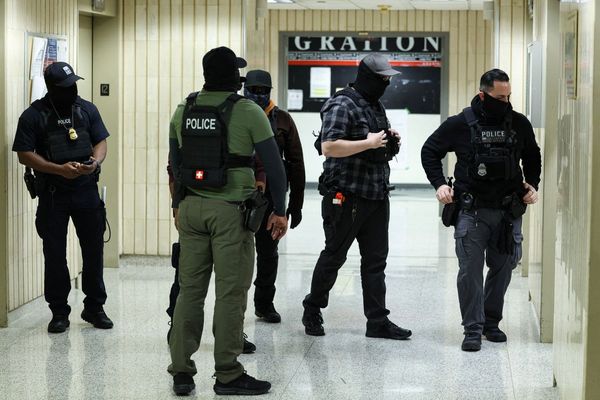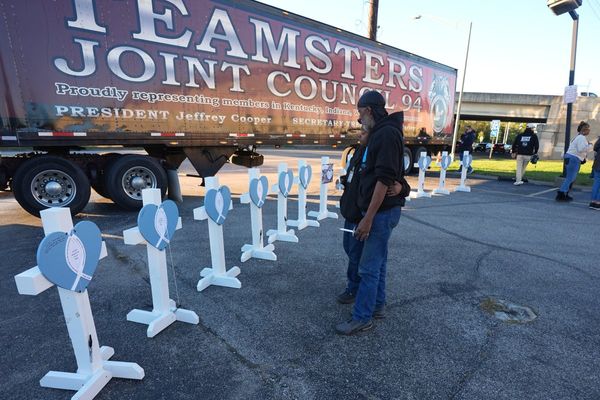SCOTTISH Labour swept to victory in Hamilton despite their candidate avoiding debates and media interviews.
Davy Russell’s refusal to take part in the STV debate with SNP candidate Katy Loudon and Reform’s Ross Lambie was seen as the party admitting that the contest was a straight race between the two parties.
An excruciating video of Russell being interviewed by the broadcaster’s Colin Mackay also did the rounds on social media, which did not paint the Labour candidate in the best light, to say the least.
He also declined to take part in a BBC radio debate and various hustings.
But, despite being labelled the “invisible man”, Russell is now Scotland’s newest MSP for Hamilton, Larkhall and Stonehouse, winning with 8559 votes (31.57%) over Loudon’s 7957 votes (29.35%). Reform came third with 7088 votes (26.15%).
Russell was largely absent from the press around the by-election, rarely giving interviews, instead Scottish Labour leader Anas Sarwar was frequently quoted by the press.
Reform UK took an old video of Sarwar out of context to run as a social media advert, sparking a row that united the Scottish Labour leader and First Minister John Swinney in calling it out.
It claimed that Sarwar would “prioritise” the Pakistani community, which Labour has described as “blatantly racist”.
Nigel Farage (below) would later double down on this, claiming Sarwar “introduced sectarianism into Scottish politics”.

It may have made headlines, but it didn’t push Reform into second place, as many commentators had suggested they would.
While the party leaders were embroiled in the spat, and the SNP pivoted their campaign to attack Reform, Scottish Labour ran a quieter, smarter campaign on the ground.
Russell’s social media focussed on the impending closure of Wishaw’s neonatal unit, an issue raised by Sarwar at FMQs.
He also chapped a lot of doors, making a big deal of his local connections, living in the constituency, and of course, his links to Rangers.
Scottish Labour clearly had better data, and a more coherent campaign.
While Swinney claimed the by-election was a “two-horse race” between Reform and SNP, he would be swiftly proven wrong as the results started to come in.
Activists would later reveal that their complaints about this pivot to focus on Reform rather than pointing out Labour failures at Westminster, were ignored by party HQ.
With the SNP focussing all their attention on Reform, Scottish Labour was able to set its own narrative, and the policy decisions of Keir Starmer and Rachel Reeves were left largely untouched in the last few weeks before voters went to the polls.
The SNP’s work to mitigate Westminster cuts and policy decisions, such as the two-child benefit cap and winter fuel payment, were left largely untouched, while the argument that this showed the need for independence was notably absent.

Sarwar has clearly been reinvigorated in his quest to become Scotland’s next first minister, telling Good Morning Scotland: “Next year the choice is simple - a third decade of the SNP with John Swinney as first minister or a new direction for Scotland with me as first minister.”
But, polling expert John Curtice has already pointed out that Labour's popularity boost has disappeared, and they are essentially back to where they were in 2021.
What can the SNP learn from Russell’s campaign and shock win?
Pick a message and stick to it, might be one.







